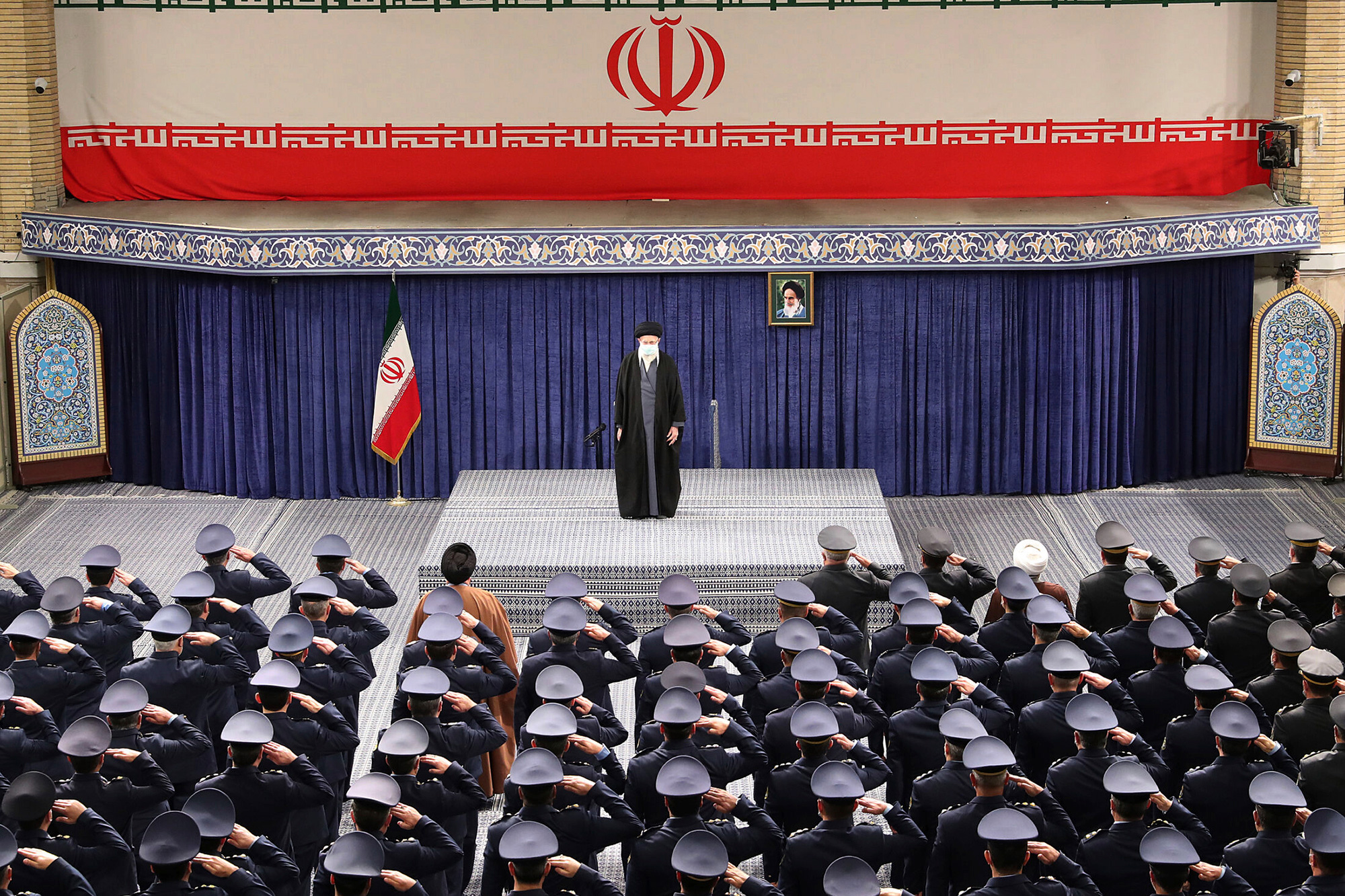According to Commerce Secretary Howard Lutnick, the rise and fall of American tariff policies tells us everything about how the U.S. went from a booming industrial power to a country grappling with despair in its heartland. That, according to Lutnick, is the single biggest rationale for President Trump’s tariff policies that are rattling global markets.
Here’s how he told the story on a recent appearance on the All-In Podcast:
Before 1913: The Tariff-Funded Golden Age
“America was built on tariffs, with no income tax until 1913. None. Greatest, richest country in the world.”
Lutnick points to the years between 1880 and 1913 as America’s high point – prosperous, confident, and flush with revenue.
“When President Trump says ‘Make America Great Again,’ he’s talking about 1880-1913… the government had so much money they didn’t know what to do with it.”
1913: The Income Tax Arrives
To fund its entry into World War I, the U.S. introduces a permanent federal income tax [a temporary income tax was in place during the Civil War]. Lutnick sees this as the beginning of a long-term shift away from self-sufficiency.
“Then we put in the income tax in 1913. Why? Because we’re entering World War I. And don’t we all need to contribute to protect democracy?”
1929–1930: The Great Depression and Smoot-Hawley
The stock market crashes in 1929, and by 1930, Congress attempts to revive tariffs with the ill-fated Smoot-Hawley Tariff Act. Lutnick argues the measure failed because it came at a time when the entire world was reeling from economic decline.
“You can’t charge the rest of the world money unless the rest of the world’s okay… it was too little too late.”
Post-WWII: Tariff Generosity to Rebuild the World
After World War II, the U.S. dramatically lowers its own tariffs to support global reconstruction through efforts like the Marshall Plan and aid to Japan.
“We decide we’re going to take our tariffs down and we’ll let [other countries] – here’s the key – we’ll let them have tariffs be up, and we will export the power of our economy to let them rebuild.”
Lutnick sees this pattern repeating after the Korean War, Vietnam War, and U.S. engagements in the Middle East.
“Low tariffs here, high tariffs there. That’s the mantra of American policy in the 20th century.”
1991: Kuwait and the Forgotten Lesson
One of Lutnick’s sharpest examples is Kuwait, which the U.S. defended in the Gulf War.
“We spent almost $100 billion freeing Kuwait. You know who has the highest tariffs against the United States of America? Kuwait.”
1980s–2010s: A Policy Left on Autopilot
Lutnick believes America’s original generosity calcified into complacency – letting other countries keep their protectionist policies while the U.S. did nothing.
“I get the 40s. I get the 50s. I get the 70s. But 80s? 90s? 2000s? What?!”
2016: Trump and the Tariff Revival
He casts President Trump as the only modern leader who understood what had gone wrong – and what tariffs could fix.
“Who understands this? Donald J. Trump. Who else? Nobody.”
“You can see him talking about it in the 80s. This is not me teaching him – this is him teaching me.”
Related
Sam Zickar
Sam Zickar is Senior Writer at No Labels. He earned a degree in Modern History and International Relations from the University of St Andrews and previously worked in various writing and communications roles in Congress. He lives in the Washington, D.C. area and enjoys exercise and spending time in nature.




